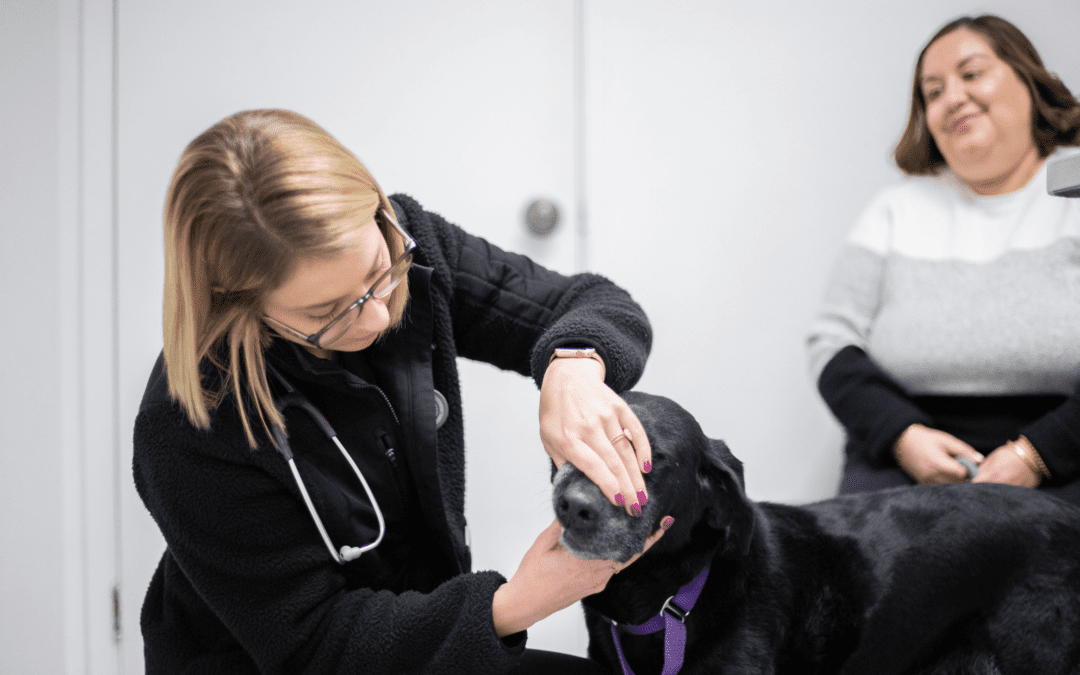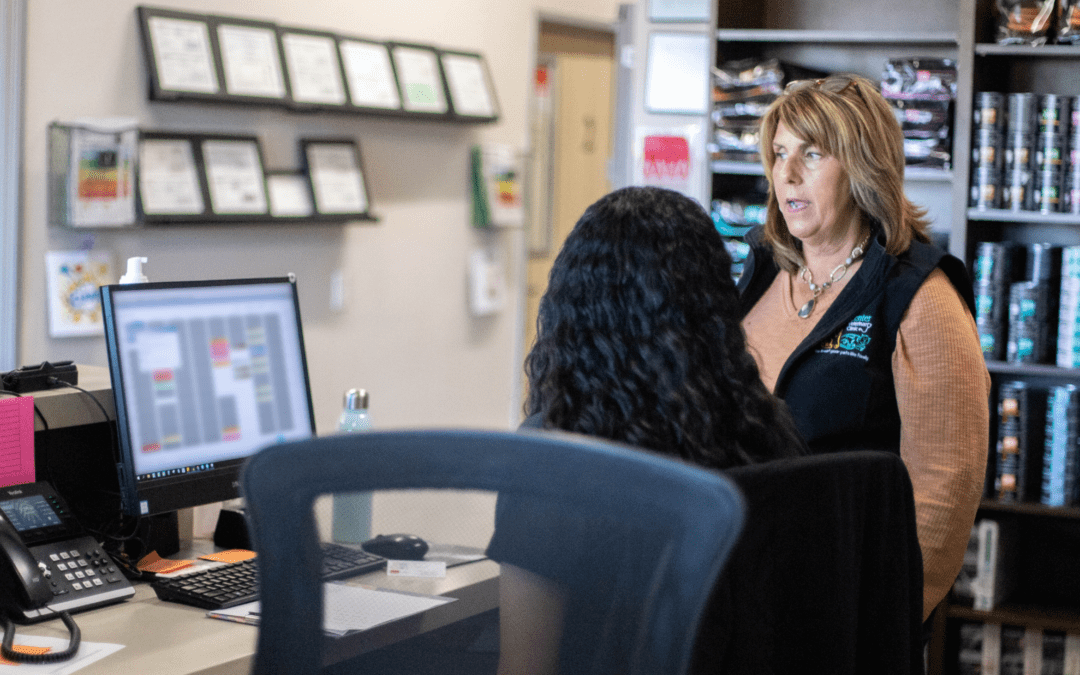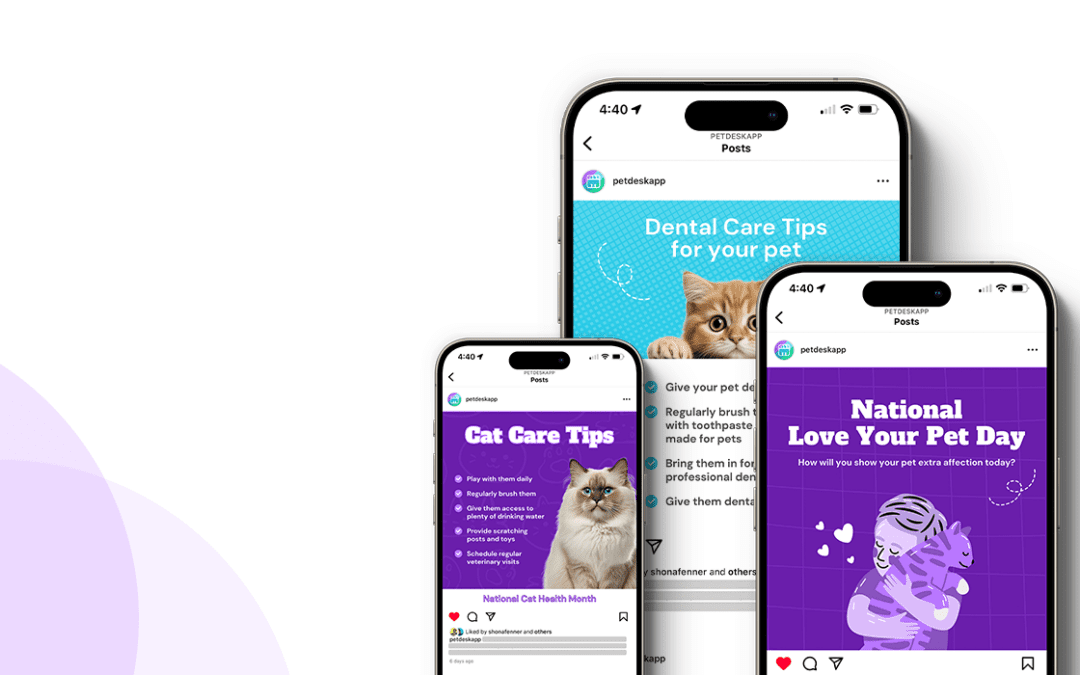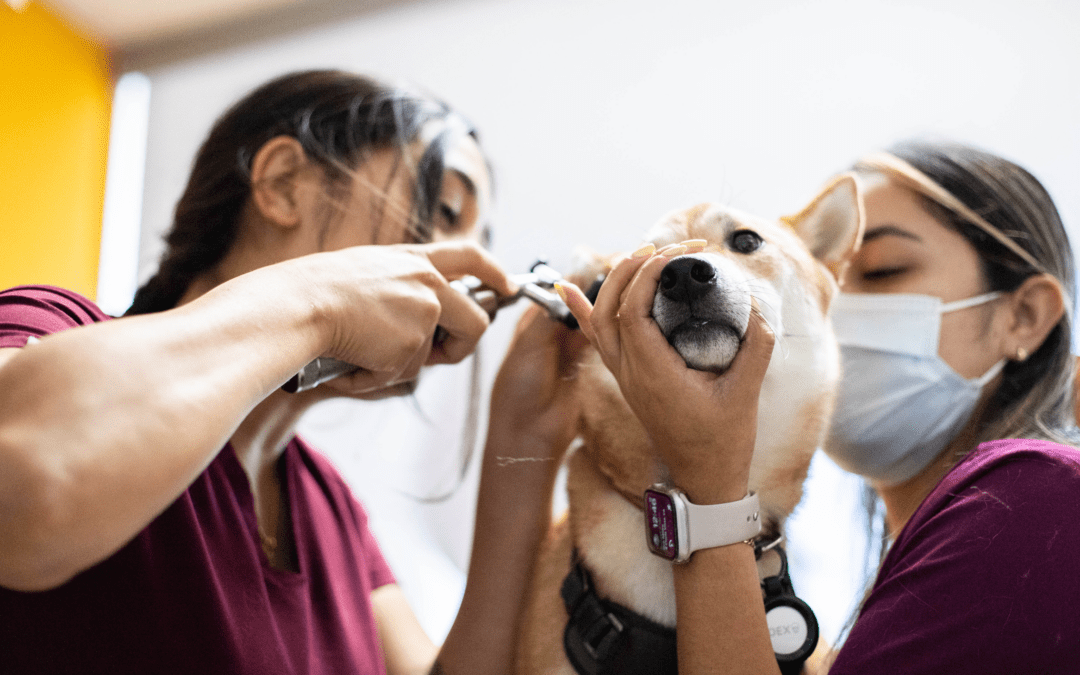1. Beware of Shoppers
“Shoppers” are potential clients that call multiple veterinary clinics for an appointment, go with the earliest available, and ghost the remaining clinics. A statistic from the American Animal Hospital Association (AAHA) estimates that about 1 out of every 10 appointments will be missed. While there is no way to pick out “shoppers” from well-intentioned new clients, consider double-booking these slots to avoid loss in revenue (depending on your clinic’s bandwidth).
2. Collect Appointment Deposits
Although this strategy might deter some clients, try collecting a fee after a second or third missed appointment or ask for deposits on new client appointments only. Appointment confirmations are easy to follow up on with digital communication these days, so there are far fewer excuses for being a no-show.
In addition, businesses are allowed to create their own policies and terms for collecting appointment hold deposits, non-refundable deposits, cancellation fees, 50% deposits, and more. Simply collect deposits with ease with the Text2Pay feature on PetDesk. Of course, be sure to verify your allowances based on relevant business regulations in your area of operation.
3. Notify Clients in Advance
Implement an electronic appointment confirmation system. Your clients can receive an automatic text or push notification to remind them of the date, time, and location of an appointment, as well as necessary details for the day-of (such as fasting) 24-hours in advance.
With two-way texting communication, you can send follow-up and recheck notices, communicate lab results, and send videos, photos, and other documents. Two-way texting with clients also encourages them to be more digitally engaged with your clinic, and this results in appointment reminders being confirmed and clients showing up! If still curbside, you can also use texting to allow your clients to check in when they arrive at your clinic.
4. Utilize Technology
64% of clients prefer texting over phone calls, which is why technology is your best friend for sending appointment reminders. There are several ways to initiate appointment reminders, and PetDesk offers them all automated with ease; you can:
- Optimize emails for mobile and desktop
- Send text messages to cell phones
- Alert clients with push notifications through the PetDesk app
You can also incorporate important details in reminders, such as expectations for when the client arrives at the facility (like curbside appointments), what to bring, and when to arrive.
5. Make Payments Easy With Text2Pay
Send digital invoices via email or text message so clients can pay from their smartphone on the spot with PetDesk’s Text2Pay feature. By using Text2Pay, you remove the time-consuming efforts of in-person, paper, or portal billing (clients can pay from anywhere, and you can collect payment faster). Clients can also add a preferred payment method for recurring payments or advanced deposits. It’s secure and straightforward.
6. Onboard Clients Beforehand
Onboarding a client in advance of an appointment is another great way to prevent no-shows. Send them documents to fill out before the visit, and collect basic information about their pet and pet’s medical history. You might also ask them to read through consent and authorization forms. These onboarding tasks that can all be sent via two-way texting are time-savers for everyone and help to get your client into the database faster.
7. Double-Book If Necessary
Double-booking can be a good safeguard against no-shows, but it should also be done with caution. If both scheduled clients show up, you will be contributing to an already pressed team. Ultimately, taking this chance depends on your clinic’s resources, bandwidth, and staffing. It might work for some, but not for all.
8. Prioritize Communication
Always communicate and explain your clinic’s policies clearly, like those around deposits or no-show fees. Require that these policies are consented to or acknowledged by current or prospective clients to avoid disputes over the fees or worse. In addition, you can use your social platforms, marketing emails, or newsletter to communicate any widespread changes in your clinic. For example, you might communicate your rationale for newly implemented no-show fees by reminding clients that missed appointments have a trickle-down effect on business and staff.
9. Nurture Relationships
Clients that are able to schedule an appointment with their regular veterinarian may be more likely to show up due to loyalty. In addition, if a pet has a preference for a specific staff member (e.g., a fearful cat responds well to a particular veterinarian), a client will be more inclined to show up for their appointment, especially if they booked it months in advance. Scheduling clients with the same doctor also nurtures the veterinarian-client-patient relationship.
10. Update Your Team
Keep your team updated on current no-show policies. You don’t want one staff member enforcing certain deposit policies and another forgetting them entirely, as this can turn messy fast. Also, with social media and business review capabilities readily available at people’s fingertips, the last thing you need is a miscommunication going public. Ask team members from all departments to sign off on the updates to show they understand the change(s).
While it’s difficult to completely eliminate no-shows, PetDesk consumers who use automated veterinary alerts and confirmations have seen a 38% reduction in missed appointments overall. Now, it’s up to you to weigh the benefits.






